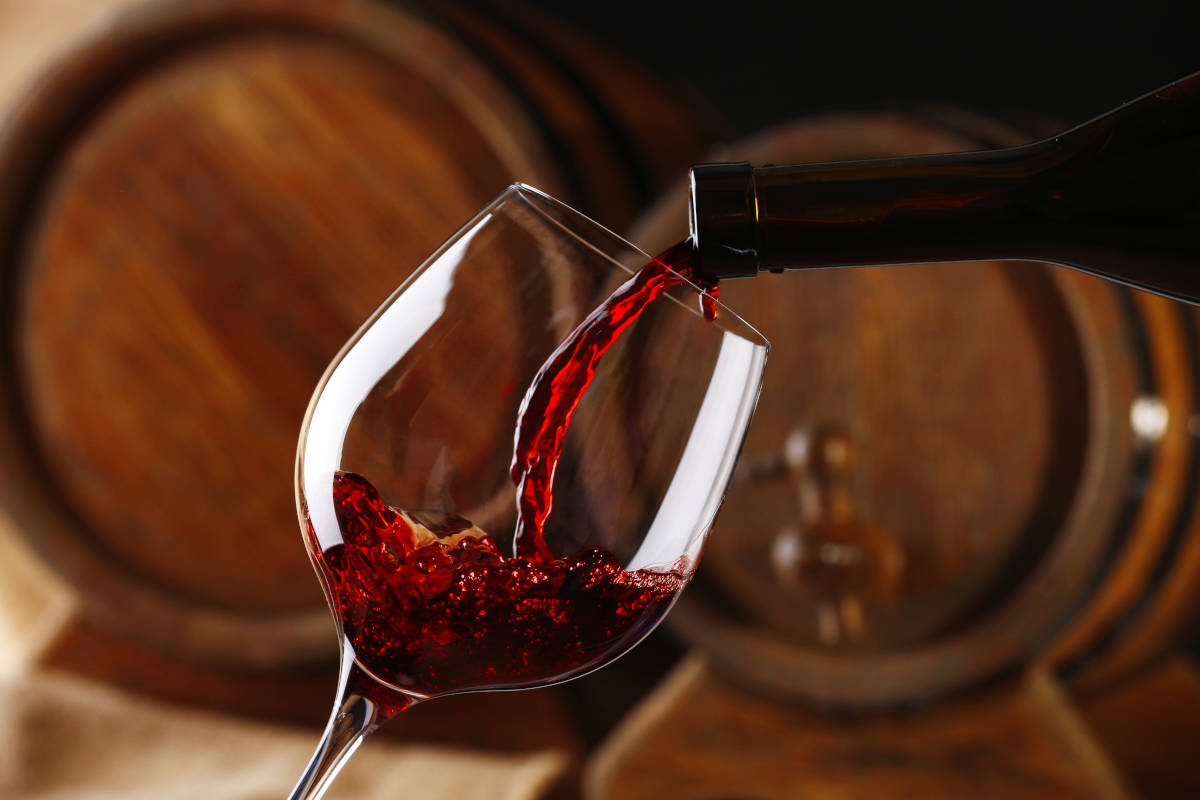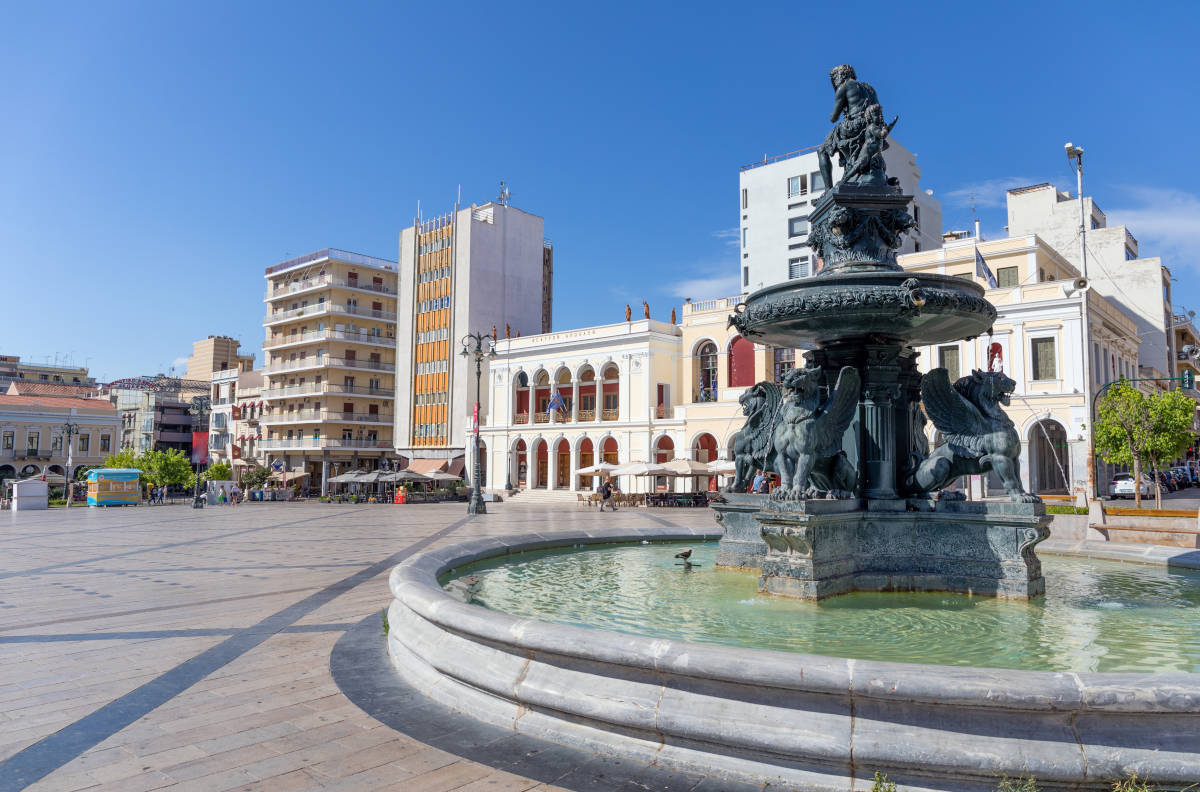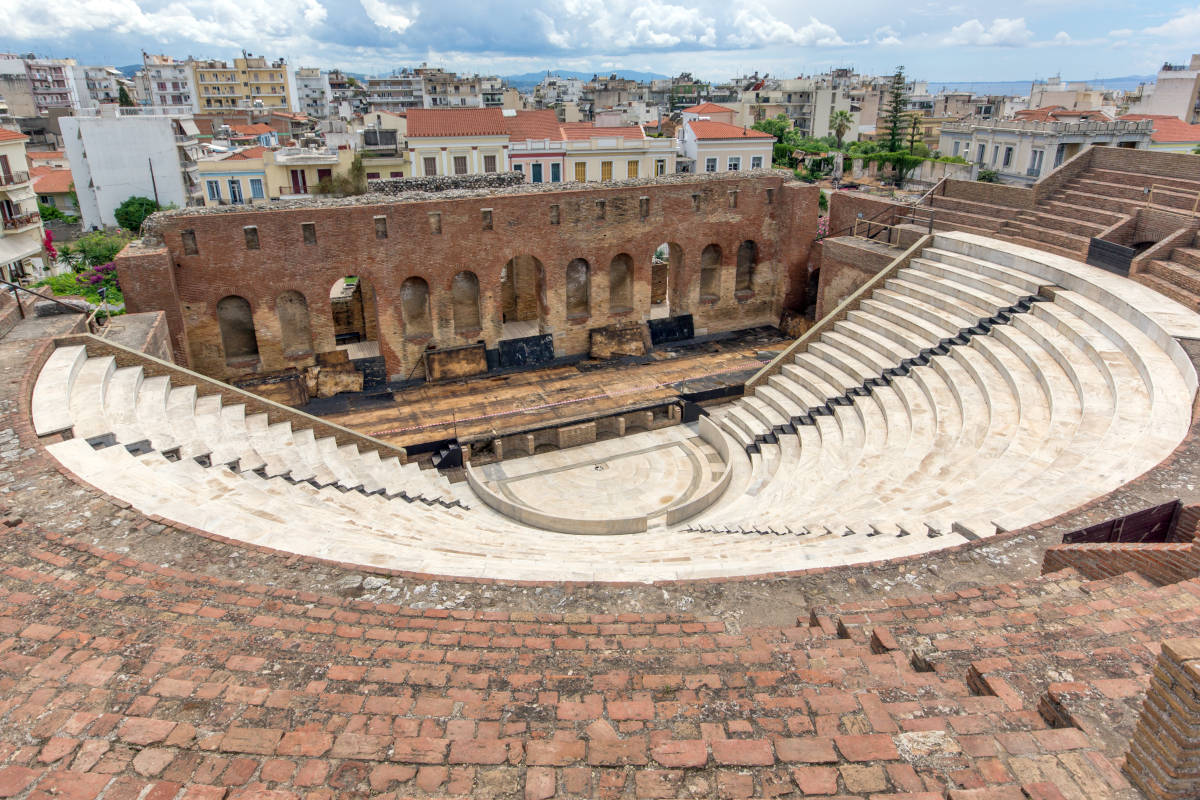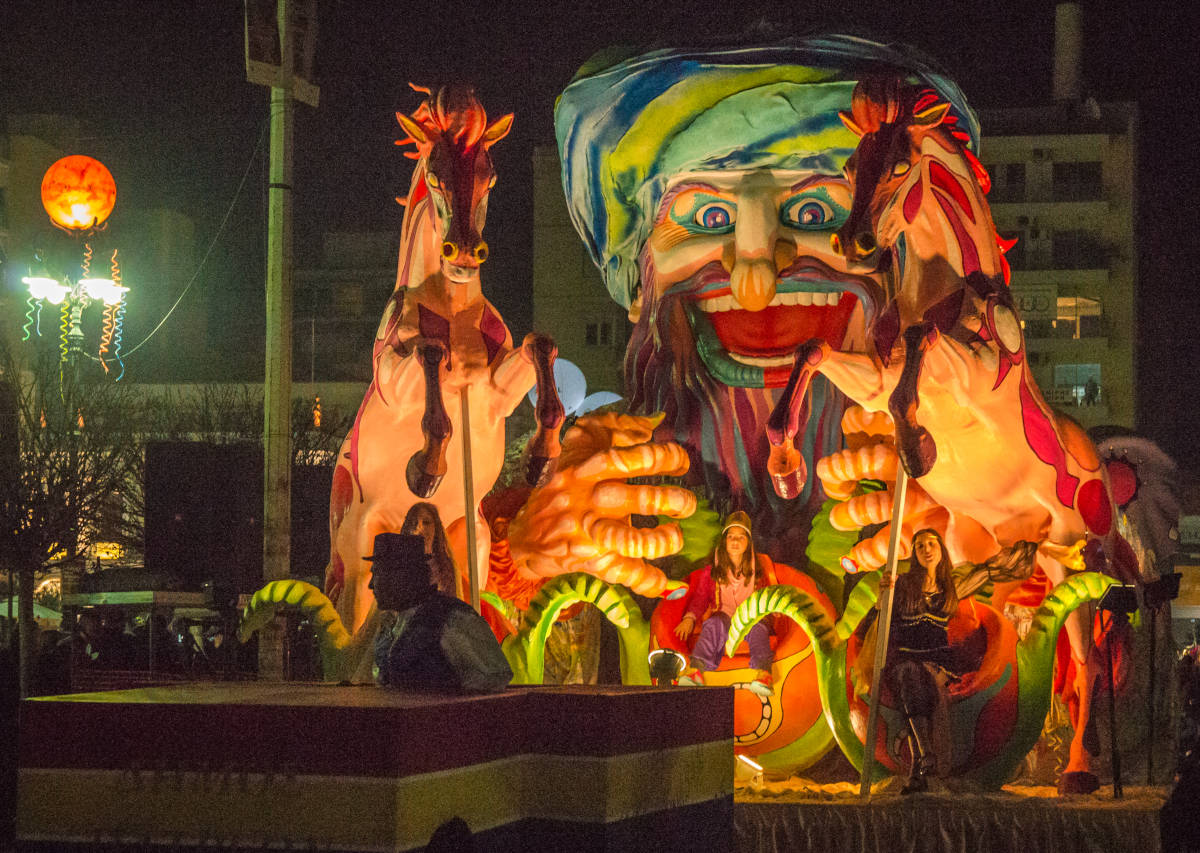The city of Patras is a very interesting place to stay as it has many historical sites but it has also kept up-to-date with modern life. The history of the city dates back to prehistoric times, to the second millennium BC. It is the capital of Achaia, which took its name from the oldest inhabitants of Greece. The city was named after Patras who was the leader of the Achaeans in the 12th century BC. In the 3rd century BC, the Achaeans organised the famous Achaean League, which was the first organized form of government in Greece. During the 1st century AD, Saint Andrew visited the city. In fact, he was martyred in Patras and is the city’s patron saint. During the Greek revolution of 1821, the region of Achaia played an important role in liberating the Greeks from Ottoman rule. During the 19th century, Patras developed into an important commercial and industrial centre, being the main place where goods were exported to Western Europe.
Patra
Patras is located in the northwestern Peloponnese and has a population of 250,000. It is the regional capital of Western Greece and, as a major port, is Greece’s gateway to Italy and Western Europe. With over 50 ferry sailings to Italy each week, almost all of Greece's trade with the European Union passes through the city. The surrounding area is an important rural area which produces significant quantities of citrus fruits, potatoes and watermelons. The area is famous for its vineyards and the wines it produces are famous all over the world. The famous wine company Achaia-Clauss has its premises outside the city.
The city offers many opportunities for entertainment and sports. The Municipal Orchestra and the Soloists of Patras give regular performances at the Municipal Theatre, which is also the seat of the city's theatre company. As well as this, there are many amateur theatrical groups, the most important being the Agora Theatre which gives regular performances. Theatre companies, orchestras and artists who visit the city often hold performances in the municipal theatre and the open air theatre in the Venetian Castle. The city also has a municipal art gallery and several private galleries with exhibitions by renowned local and international painters and sculptors.
The city has two football grounds and several indoor gyms which are used by a large number of sports groups and teams. The municipal swimming pool is where the city's swimming teams and water polo teams are based. The Gulf of Patras also provides many opportunities for water sports (windsurfing, swimming, water-skiing), and the city’s marina is home to the Yacht Club of Patras. On the north side of the city, near the Venetian castle, there are many well-preserved houses dating from the 19th century. Next to the castle is the Roman Theatre where regular performances are held during the summer months. The city centre bustles with shops, malls and cafes. Patras’ nightlife is famous, with a wide variety of clubs, bars and tavernas with live music.
The city is famous for its carnival, which takes place every February. The young people of Patras, together with the students at the University, organise themselves into groups and dress up in carnival costumes, go dancing in the streets, throw parties and join in happenings and events and the famous carnival parade.Thousands of people join in this spectacular festival every year!
The city is well-located and has easy access to most historic sites in the Peloponnese. Ancient Olympia is an hour's drive away to the south of the city. The ancient temple of Apollo, which is one of the most well-preserved in Greece, is also in the area. Delphi, the most famous oracle of the ancient world is opposite Patras in Central Greece. In the mountains east of Patras is the city of Kalavrita which has an excellent ski resort.

 Ελληνικά
Ελληνικά  English
English 



